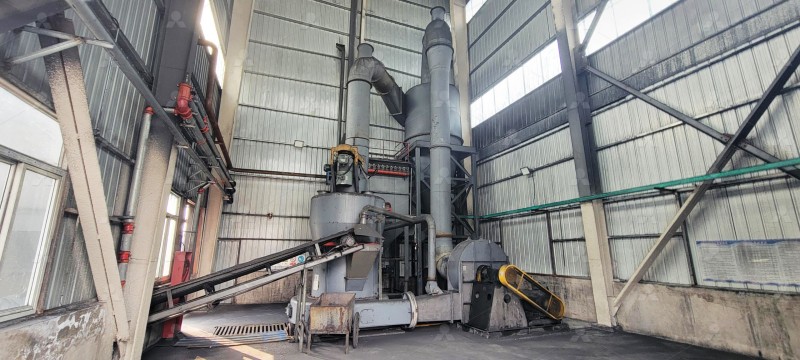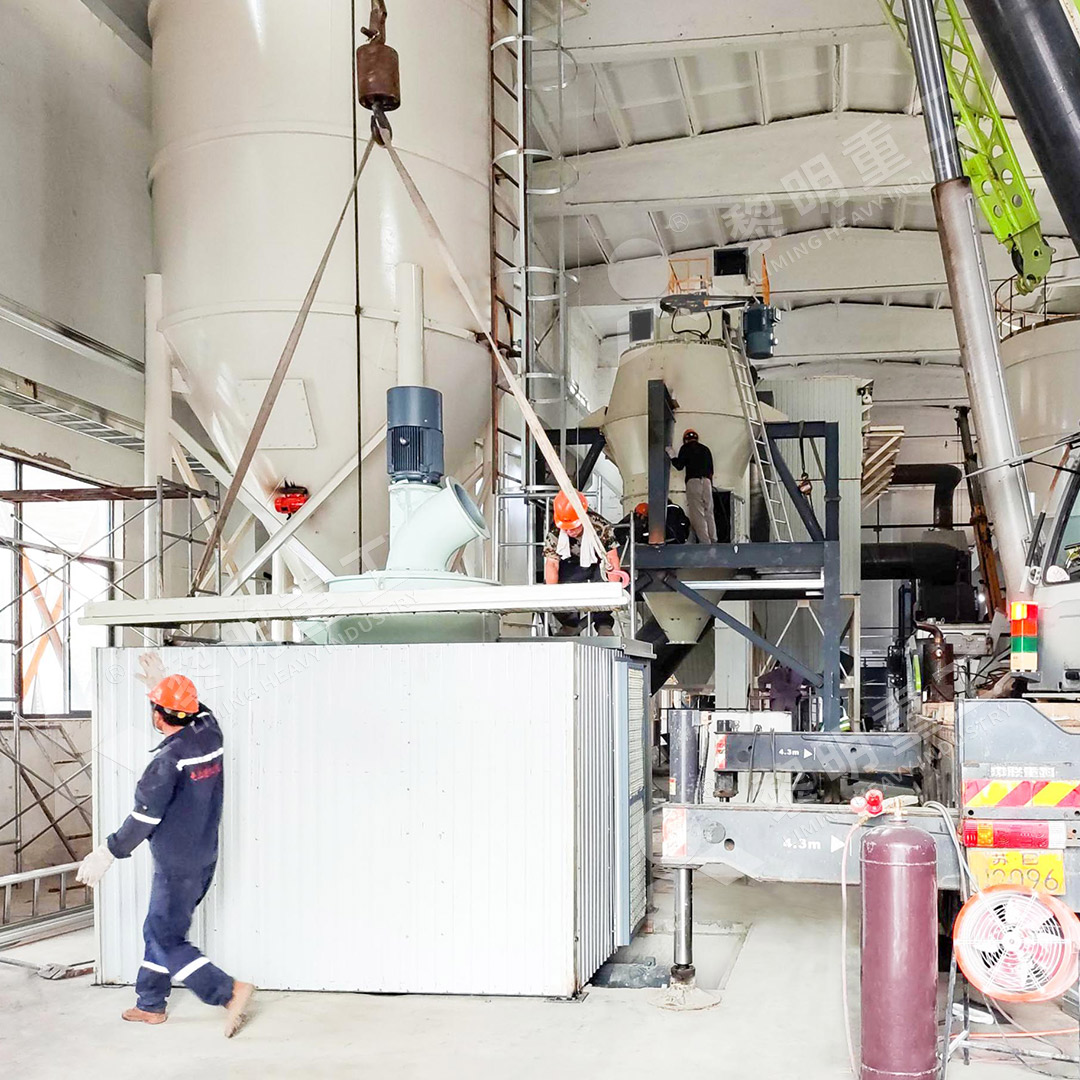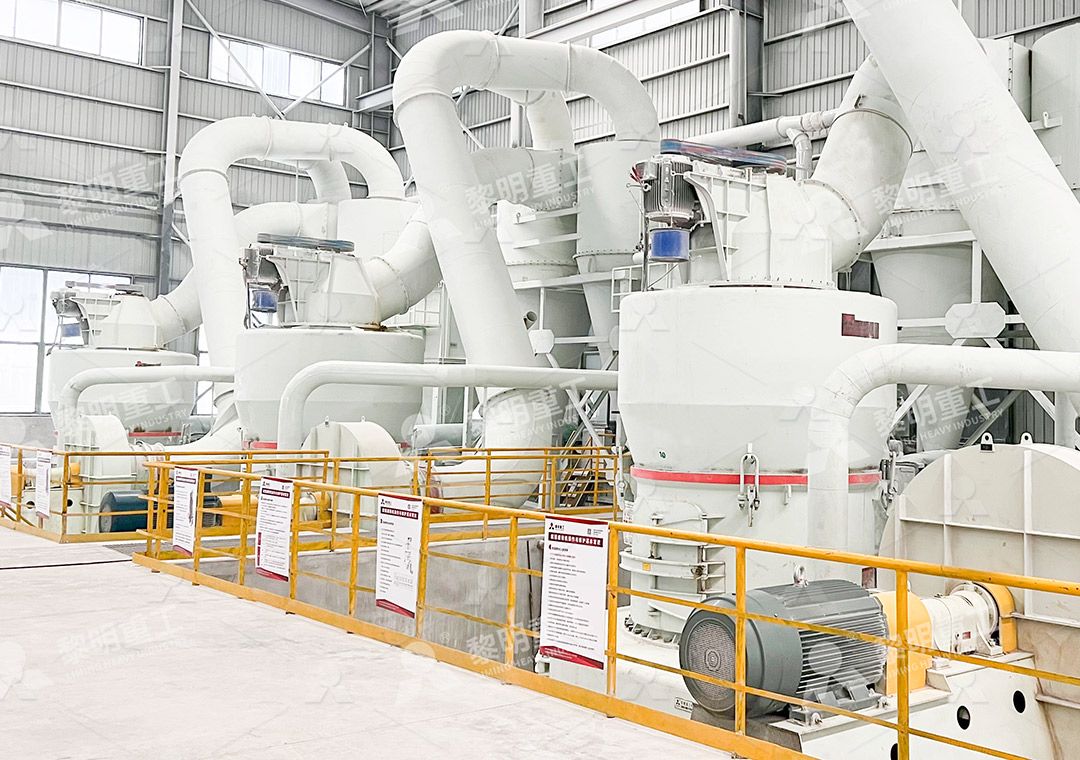Industrial Wastewater Treatment: Grinding and Pulverizing Waste Solutions
We provide a wide range of mills — including Raymond mill, trapezoidal mill, vertical mill, ultrafine mill, and ball mill, obtained ISO9001 international quality certification, EU CE certification, and Customs Union CU-TR certification. Suitable for processing minerals such as limestone, phosphate, quicklime, kaolin, talc, barite, bentonite, calcium carbonate, dolomite, coal, gypsum, clay, carbon black, slag, cement raw materials, cement clinker, and more.
The discharge range of these mills can be adjusted to meet specific processing needs, typically from 80-400 mesh, 600-3250 mesh, and can achieve the finest particle size of up to 6000 mesh(D50).
If you are looking for a reliable grinding solution to turn stone or minerals into fine powder, please feel free to contact our online customer service.
Industrial Wastewater Treatment: Grinding and Pulverizing Waste Solutions
In the realm of industrial wastewater management, the challange of treating and repurposing solid waste byproducts is a constant battle. Factories and processing plants generate vast amounts of sludge, scale, and other solid residues that are often contaminated with heavy metals, complex chemicals, and organic pollutants. Simply landfilling this material is increasingly seen as environmentally irresponsible and economically unsustainable. The key to a modern, circular economy approach lies in advanced size reduction and solidification/stabilization (S/S) technologies, where grinding and pulverizing mills play a pivotal role.
The Problem: Hazardous Solid Waste in Wastewater Streams
Industrial wastewater treatment doesn’t end with clarifying the water. The process invariably concentrates contaminants into a solid sludge. This sludge, if not processed correctly, becomes a secondary environmental hazard. The goal is to transform this waste into a stable, inert, and often reusable material. This is achieved by mixing the dried sludge with binding agents like cement or lime and then pulverizing it into a ultra-fine powder. The increased surface area from fine grinding accelerates chemical reactions within the mixture, leading to superior encapsulation of toxins and the creation of a stable monolithic solid. This treated material can then be safely used for land reclamation, construction fill, or even raw material in other processes.

The Solution: High-Efficiency Grinding Technology
Not all grinding mills are created equal for this demanding application. The abrasive and often corrosive nature of treated wastewater sludge requires robust, reliable, and highly efficient machinery. The process demands mills capable of handeling varying feed sizes and moisture content, delivering a consistently fine powder, and operating with minimal downtime for maintenance. This is where innovative grinding solutions from industry leaders make a critical difference.
For instance, our MW Ultrafine Grinding Mill is exceptionally well-suited for this task. Engineered for customers who need to make ultra-fine powder from challenging materials, its design is a perfect match for waste solidification plants. With an input size of 0-20 mm and a capacity ranging from 0.5 to 25 tons per hour, it can handle the throughput of most medium to large-scale operations. A significant advantage is its Higher Yielding, Lower Energy Consumption; it offers production capacity 40% higher than jet mills with system energy consumption only 30% of them. Furthermore, its ability to produce powder with Adjustable Fineness Between 325-2500 meshes ensures the final product has the optimal surface area for maximum contaminant encapsulation.

Beyond Grinding: Integrated System Benefits
The effectiveness of a grinding mill in a waste treatment setting isn’t just about particle size. Operational stability and environmental compliance are paramount. The MW Mill adresses these concerns directly. Its design with No Rolling Bearing & Screw in Grinding Chamber eliminates common failure points, preventing machine damage from loose screws or seized bearings—a crucial feature for 24/7 operation. Perhaps most importantly for wastewater treatment facilities subject to strict emissions standards, the mill’s Dust Removal by Pulse Collector Makes Operation More Eco-friendly. The integrated efficient pulse dust collector ensures no dust pollution, while silencers keep noise to a minimum, making the entire production line compliant with national environmental protection standards.
For larger scale operations or slightly different material characteristics, our LUM Ultrafine Vertical Grinding Mill presents another excellent option. Its unique roller shell and lining plate grinding curve is designed to be easier to generate a material layer, perfect for the inconsistent composition of waste sludge. It also boasts More Energy-Saving Multi-Head Powder Separating Technology, reducing energy consumption by 30%-50% compared to common grinding mills.
Conclusion: From Waste to Resource
The transformation of industrial wastewater sludge from a hazardous liability into a safe, usable product is a cornerstone of sustainable manufacturing. Advanced grinding technology is the engine that powers this transformation. By investing in high-yield, low-energy, and environmentally sound grinding solutions like the MW Ultrafine Grinding Mill, industries can not only meet regulatory requirements but also turn a cost center into a potential revenue stream, closing the loop on waste and contributing to a cleaner future.

